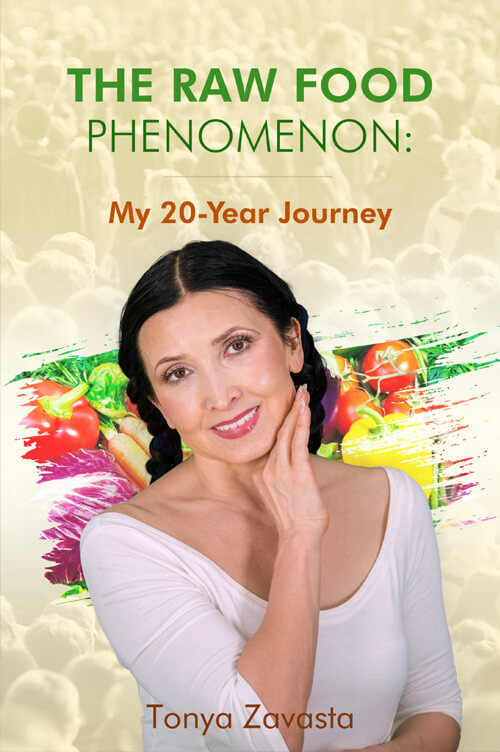The Science of Raw Foods
I attended the 2011 Calorie Restriction Society Conference in Las Vegas and had occasion to discuss with Dr. Luigi Fontana (MD, Ph.D, Department of Internal Medicine, Division of Geriatrics and Nutritional Sciences, Center of Human Nutrition, at Washington University) some exciting studies he has been involved in.
A 2005 study conducted by Dr. Luigi Fontana and his colleagues is a typical, relatively recent yet still quite rare example of research performed specifically on the raw foodist population. Fontana and colleagues studied 18 experienced raw foodists, average age of 54, two-thirds of them women. The researchers compared the test subjects to a group drawn from the general population, matching for age and gender, of “normal” eaters.
Among several related factors that they looked at: bone density, vitamin D, and potential for osteoporosis. Bone density and bone mineral content surprisingly proved lower among the raw foodist group. Generally, low density and mineral content in critical areas such as the spine suggests a higher risk for osteoporosis.
However, the study revealed that while raw foodists’ bones were of lower density, those bones weren’t weaker. Nor did the raw foodists suffer from any vitamin D deficiency. Message: It’s not just bone mass that matters, but bone quality. And there, the raw foodists shone. ((Low Bone Mass in Subjects on a Long-term Raw Vegetarian Diet. Luigi Fontana, Jennifer L. Shew, John O. Holloszy, Dennis T. Villareal. Archives of Internal Medicine 2005;165:684-689.))
A 2007 study by Fontana and colleagues looked at populations of raw foodists, non-raw endurance runners, and “normal” eaters, all carefully matched for many factors the researchers wanted to keep out of the equation. Most interestingly, the two groups other than the runners were both sedentary—yes, there are raw foodist couch potatoes too!—so that any effect of vigorous, diligent exercise could be taken off the table, so far as raw versus non-raw diets were concerned. Bottom line: As compared with the “normal diet” group, the raw foodists fared vastly better, meaning lower levels, in such factors as blood pressure…blood concentrations of lipids, lipoproteins (fatty proteins), glucose…and arterial plaque. Indeed, the raw foodists—sedentary—performed in these categories comparably with the distance runners.
What’s more, the raw foodists, astonishingly, had lower blood pressure than the runners—likely, the researchers said, thanks to lower salt consumption. Who’d have thought that just diet alone could produce health comparable to that of the distance runner? ((Long-Term Low-Calorie Low-Protein Vegan Diet and Endurance Exercise are Associated with Low Cardiometabolic Risk. Luigi Fontana, Timothy E. Meyer, Samuel Klein, and John O. Holloszy Rejuvenation Research, Volume 10, Number 2, 2007.))
Again studying three similar parallel populations, the Fontana team looked at specific risk factors for cancer. Their findings in a nutshell: The distance runners, and those eating a low-protein, low-calorie diet, both showed significantly lower risk factors than did those consuming “normal” diets. Moreover, results for those who had only adjusted their diets, without adding endurance exercise, were remarkably similar. Once again: not only lower risk for heart disease, but lower risk for cancer! ((Long-term low-protein, low-calorie diet and endurance exercise modulate metabolic factors associated with cancer risk Luigi Fontana, Samuel Klein, and John O Holloszy. American Journal of Clinical Nutrition 2006;84:1456–62.))
My fellow raw foodists and vegans will understand when I say: Thank you, Luigi! thank you, science! At last—you’ve provided scientific evidence for what the raw food community has known for a century or more! Thank you to that small but growing group of scientists who see merit in what we do, see in it ground for fertile research and a better opportunity to understand what genuine health really is.

